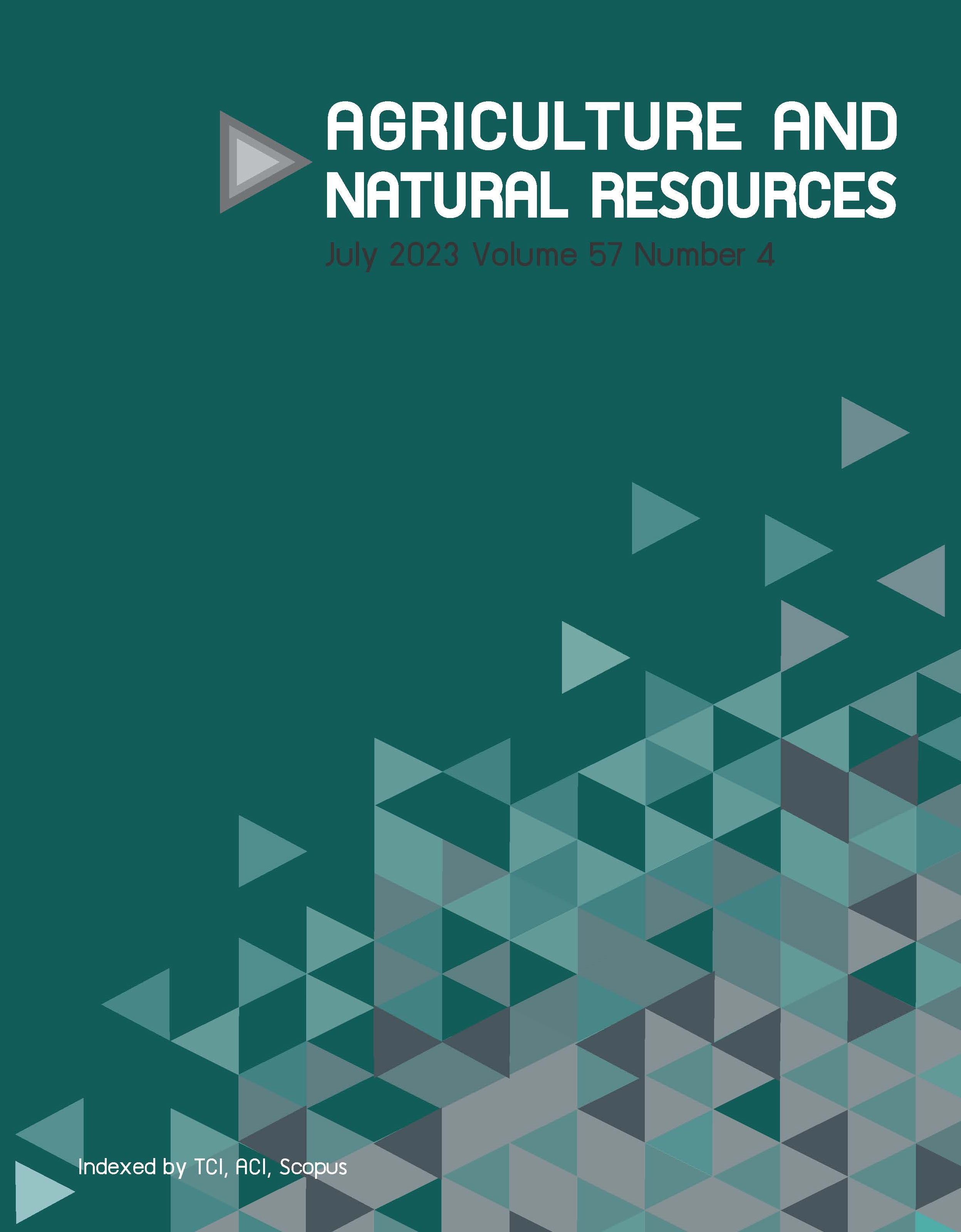Chitosan and probiotic bacteria promotion of yield, post-harvest qualities, antioxidant attributes and shelf life of broccoli heads
Keywords:
Antioxidant activity, Chitosan and Paraburkholderia, Yield and quality, Shelf life, VegetablesAbstract
Importance of the work: Vegetables, such as broccoli, contain considerable amounts of health-promoting phytochemicals, nutrients and vitamins. Chitosan and probiotic bacteria are natural growth-enhancing agents for safely increasing production.
Objectives: To investigated the effect of chitosan and probiotics on the growth, yield and bioactive properties of broccoli.
Materials & Methods: Besides the control treatment, chitosan at 50 parts per million (ppm), 75 ppm, 100 ppm and 125 ppm and Paraburkholderia bacteria at 1.5×109 colony forming units/mL singly and in combination with each of the chitosan doses were applied twice (at 20 d and 40 d after transplanting) during the 2020–2021 season. The experiment was conducted in a randomized complete block design.
Results: Significantly maximum total phenols (391.71 mg gallic acid equivalents/100 g), flavonoids (0.66 mg quercetin/100 g), β-carotene (54.44 international units/100 g), ascorbic acid (52.77 mg/100 g) and total antioxidant activity (2,2-diphenyl-1-picrylhydrazyl; 74.36%) of broccoli were recorded in the chitosan at 100 ppm + Paraburkholderia treatment. The broccoli florets of that treatment had the highest dry matter (9.20%) and non-reducing sugar (1.43%) contents and the maximum shelf life of 7.33 d. However, the total sugar (5.30%) and reducing sugar (4.00%) contents were the greatest for the chitosan at 125 ppm + bacteria treatment. Furthermore, a yield increment of 31.00% over the control was observed in the chitosan at 100 ppm + Paraburkholderia treatment following superior shoot and root growth. A superior leaf chlorophyll content (0.44 mg/100 g) was measured in the same treatment.
Main finding: Shrimp shell chitosan and Paraburkholderia probiotic bacteria had a significant influence on plant growth, floret yield and the functional constituents of broccoli.
Downloads
Published
How to Cite
Issue
Section
License
Copyright (c) 2023 Kasetsart Universityonline 2452-316X print 2468-1458/Copyright © 2022. This is an open access article under the CC BY-NC-ND license (http://creativecommons.org/licenses/by-nc-nd/4.0/),
production and hosting by Kasetsart University of Research and Development Institute on behalf of Kasetsart University.







